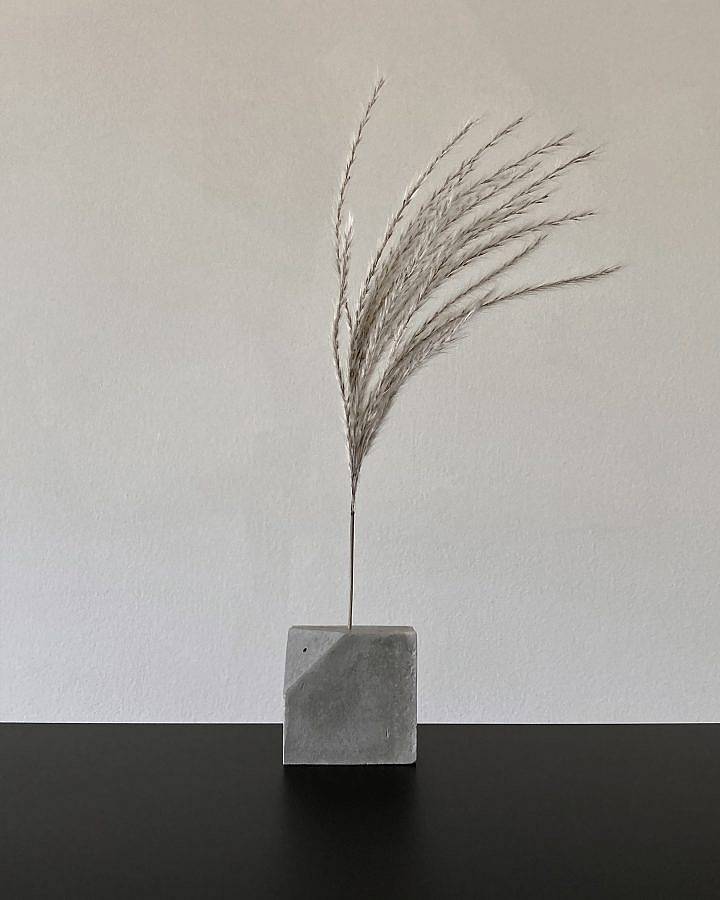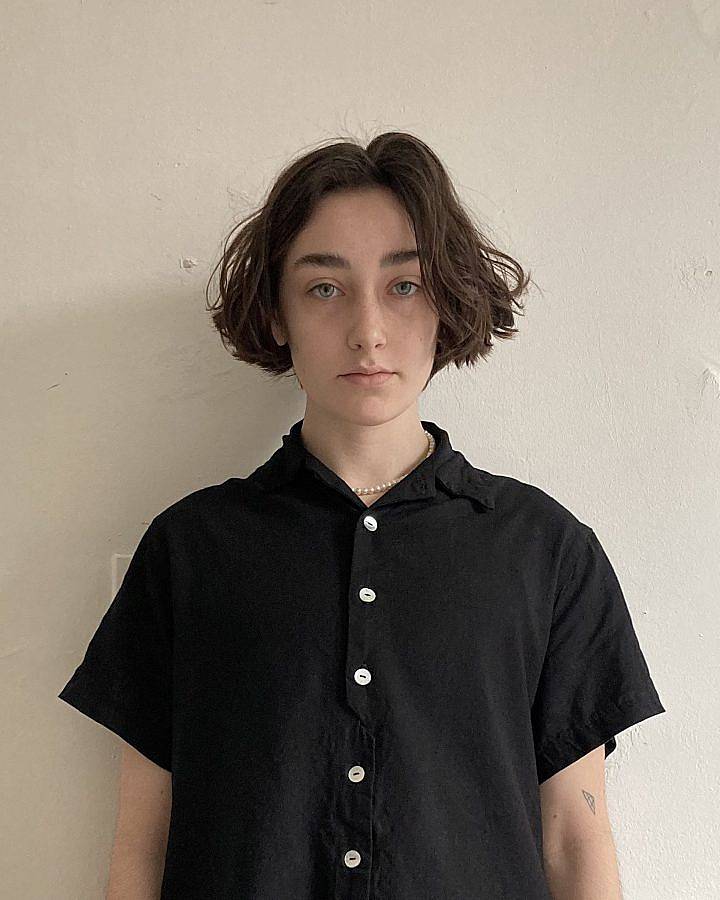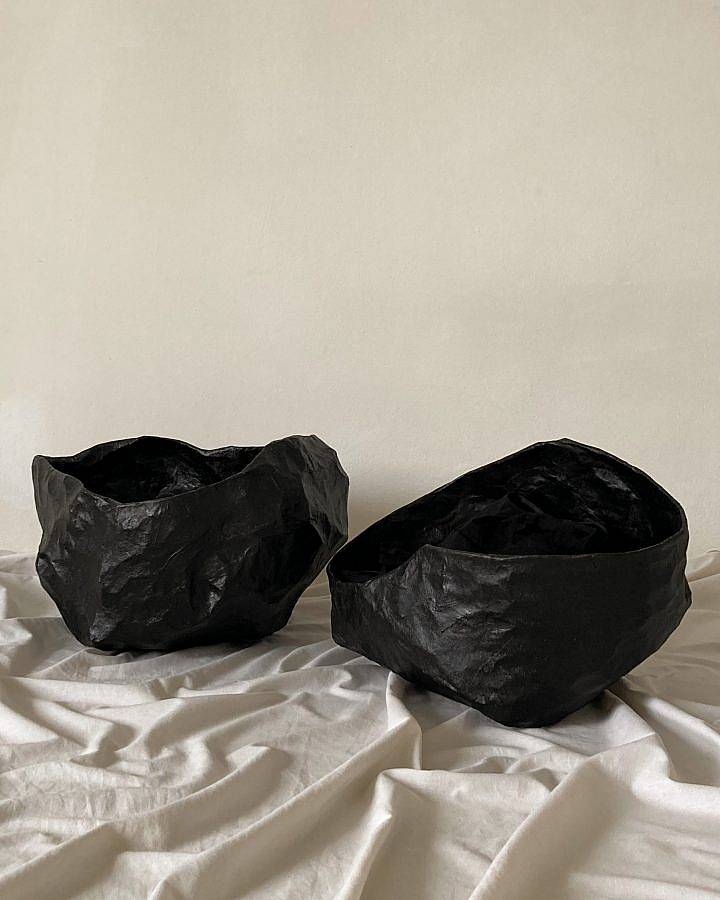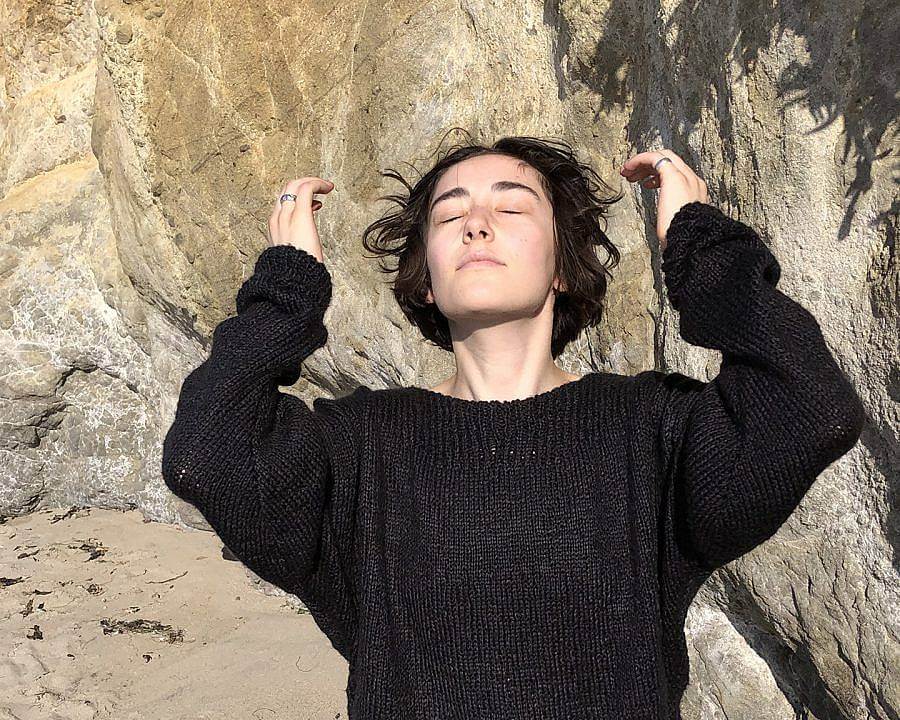Tell us a bit about yourself and what you do.
My name is Nora and I am a clothing and (aspiring) industrial designer. I finished my undergraduate degree in architecture earlier this year and started my own business selling the items I make.
How did you begin making clothes?
I learned how to sew when I was in about 3rd grade, and I made myself a couple skirts back then. After that I didn’t sew much, I just altered a few thrifted clothing items in high school to fit me better, and when I moved to university, I didn’t have a sewing machine. I finally got one from a thrift store about two years ago, and made myself a few shirts and a tote bag.

You are a major proponent of minimalism. How would you describe your philosophy toward buying and owning objects?
I believe I am more of a proponent of individualism when it comes to design. I’ve always encouraged others to cultivate their own taste. Minimalism just happens to be at the center of my interest / practice so I’ve defended it a lot, but I wouldn’t say I’ve tried to convert anyone to it. When I buy things I make sure it is something I truly need, it fits in with my other things, and the price is worth it. There’s lots of things out there that I like, but it doesn’t mean I should buy it. If I don’t use or wear something any more, I sell it, even if I don’t dislike it.
I make objects for anyone. Right now I only have 2 available- clothing baskets and an incense holder, and I don’t feel like they are confined to any particular style. I want to make objects that can fit in a variety of homes and don’t cater to a specific audience. That way they’ll be used longer and won’t grow boring when trends change. The same goes for my clothing. I love seeing my pieces being used in lots of different spaces.

What role has social media played in the development of your design practice?
I kind of owe everything to social media. I currently sell what I make to my followers. I gained the following I have through making educational architecture and design related TikTok videos. I probably put hundreds of hours into doing research, writing, and engaging with my followers, so there’s a lot of work behind it all(although sometimes I diminish it to “being lucky with the algorithm”).
Portrayals of yourself with your works are a central part of your image-making process. What does it mean for you to wear your clothes?
Everything I design is something I want to wear myself. I want people to see that I’m not just designing what I think other people would wear or buy. I also think it represents my business because I make everything myself at home and I want my followers to know that it’s just me and not some large brand or corporation. I think that helps build a more meaningful relationship with the garments I make.

Can you talk about the incorporation of ‘universal shapes’ in your works?
I’m drawn to the simplicity of universal forms. I don’t think design needs to be embellished by overly decorative qualities, sometimes it takes away from the form. I like to highlight the beauty of “simple” shapes. Just because something is visually “interesting” doesn’t mean it’s a good design.
How do you see your design practice expanding in the future?
I would love to have the opportunity to work on larger projects like furniture, as well as collaborate with different designers.

What role does materiality play in your work?
Material plays a huge role in my work because texture is very important to me. I’ve spent a lot of time trying out different fabrics for my clothes to make sure they work well with the design because I want to make sure it’s something people actually want to wear. As for the incense holder, I love concrete and I love brutalism and I wanted to explore working with concrete. It’s usually just a backdrop, so I like the idea of using it on a smaller scale and turning it from utilitarian to decorative.

What do you have planned for 2022?
So far the only thing I have planned is a move to New York City. I don’t like to think about the future too far ahead, right now I just take things a few weeks at a time. I think my short term goals are to look into having some clothing produced so I have the time to work on more intricate designs.
Interview conducted by Joan Roach and Sam Dybeck.
Interview edited by Sam Dybeck.
